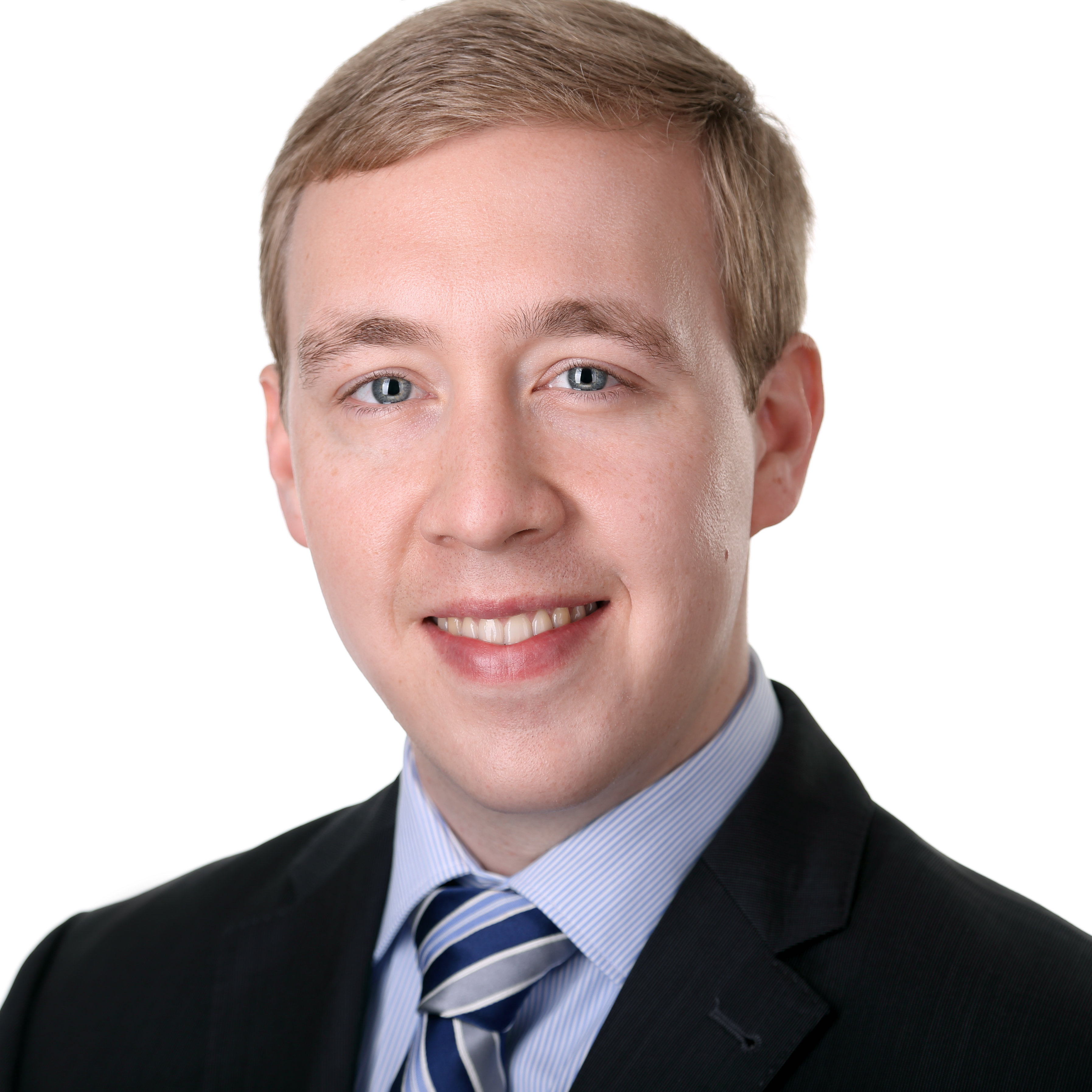ChemE alum develops system to optimize EQT water usage
Adam Dove
Sep 25, 2019

Markus Droven
When it comes to implementing environmentally sustainable practices, the energy industry faces a number of challenges. And while modern natural gas drilling is leaps and bounds more sustainable than energy production practices of the past, there are still many hurdles to overcome. One of the primary sources of environmental and operational strain is the sheer amount of water required to perform hydraulic fracturing. From the source of the water used to the methods used to transport it, there are near countless considerations to be made in order to optimize the water processing for maximum benefit. So many, in fact, that it becomes difficult for a human to do it on their own.
This is where EQT and the Process Systems Engineering program at Carnegie Mellon come in. EQT’s Optimization Engineering group, headed by ChemE alum Markus Drouven, has developed a mathematical model to optimize the process of optimizing water management for hydraulic fracturing. It is a prime example of how cutting-edge chemical engineering education can turn yesterday’s problems into tomorrow’s solutions.
What is your position at EQT, Markus? What does the job entail?
I am the Supervisor of Optimization Engineering at EQT. I lead a small engineering team focused on supporting better and faster decision-making across the company by developing mathematical models and using rigorous optimization techniques.
Currently, my team is focused on supply chain and logistics optimization. Ongoing projects include the distribution of water, sand sourcing, and sequencing of fracturing operations. The models we build and run help our internal partners with vehicle routing, inventory optimization, capacity planning, and general de-bottlenecking.
What led you to develop the water optimization model? What is the problem it solves?
Natural gas production from shale formations is enabled by a combination of three operations: vertical drilling, horizontal drilling, and hydraulic fracturing. Hydraulic fracturing refers to the injection of water into a geologically tight formation under high pressure. This requires large amounts of water, at times more than a million barrels per well—a significant portion of which is eventually recovered once the well is actively producing natural gas. This water can be reused for well stimulation at nearby locations. For this reason, water management is one of the most important aspects of shale gas development.
At EQT, the Water Operations group is responsible for satisfying the water demand at active well development sites, and it has to make a number of important decisions: a) whether to use freshwater, production water, or both to meet the water demand, b) which sources or well-sites to obtain the water from, and c) how to deliver the water to the site. Generally, EQT aims to minimize the use of water hauling trucks since they can lead to increased local traffic, road deterioration, and other issues.
Historically, experienced water schedulers at EQT manually coordinated these water deliveries. As EQT grew over the years, though, this task became increasingly complex. Therefore, the Optimization Engineering team volunteered to develop a rigorous optimization model that could help the Water Operations group identify safe and cost-effective water delivery schedules.
How does the model work?
The model my team and I developed produces a detailed, day-by-day water delivery schedule that satisfies demand across the entire operating region for a full week. The proposed schedule specifies how much water of a certain quality should be moved from a “source” location to a particular “demand” location on a given date. The objective function is designed in a way that minimizes both water management costs and the use of water hauling trucks.
What benefit will this model provide for the environment? For society?
The water optimization model has been “live” since November 2018 and is now being run daily, including weekends and holidays. Aside from lowering costs by millions of dollars over the past six months already, the model also resulted in a 30% reduction of EQT trucks on the road. This benefits both the environment and society, as fewer trucks on the road decreases local traffic and road deterioration and lowers potential for road accidents.
How has your education from CMU ChemE prepared you for this work, and your career in general?
The motivation for founding the Optimization Engineering team at EQT came out of my graduate work at CMU. The research that my advisor, Ignacio Grossmann, and I did convinced management at EQT to invest in Operations Research and Prescriptive Analytics. I attribute this to the fact that the ChemE Department at CMU gave me the opportunity to address real-world problems with advanced optimization methods.
Throughout my Ph.D., I was encouraged to collaborate with practitioners in the industry, including EQT. Ultimately this ensured that the work I was doing was not just relevant in academia, but that it also mattered to people in practice.
I’m still at an early stage in my career, but even at this point I am extremely grateful for the education I received at CMU. The technical skills and drive for excellence, but also the principles in leadership and integrity I learned are invaluable to me in my current role, and I know they will serve me well in the future.
